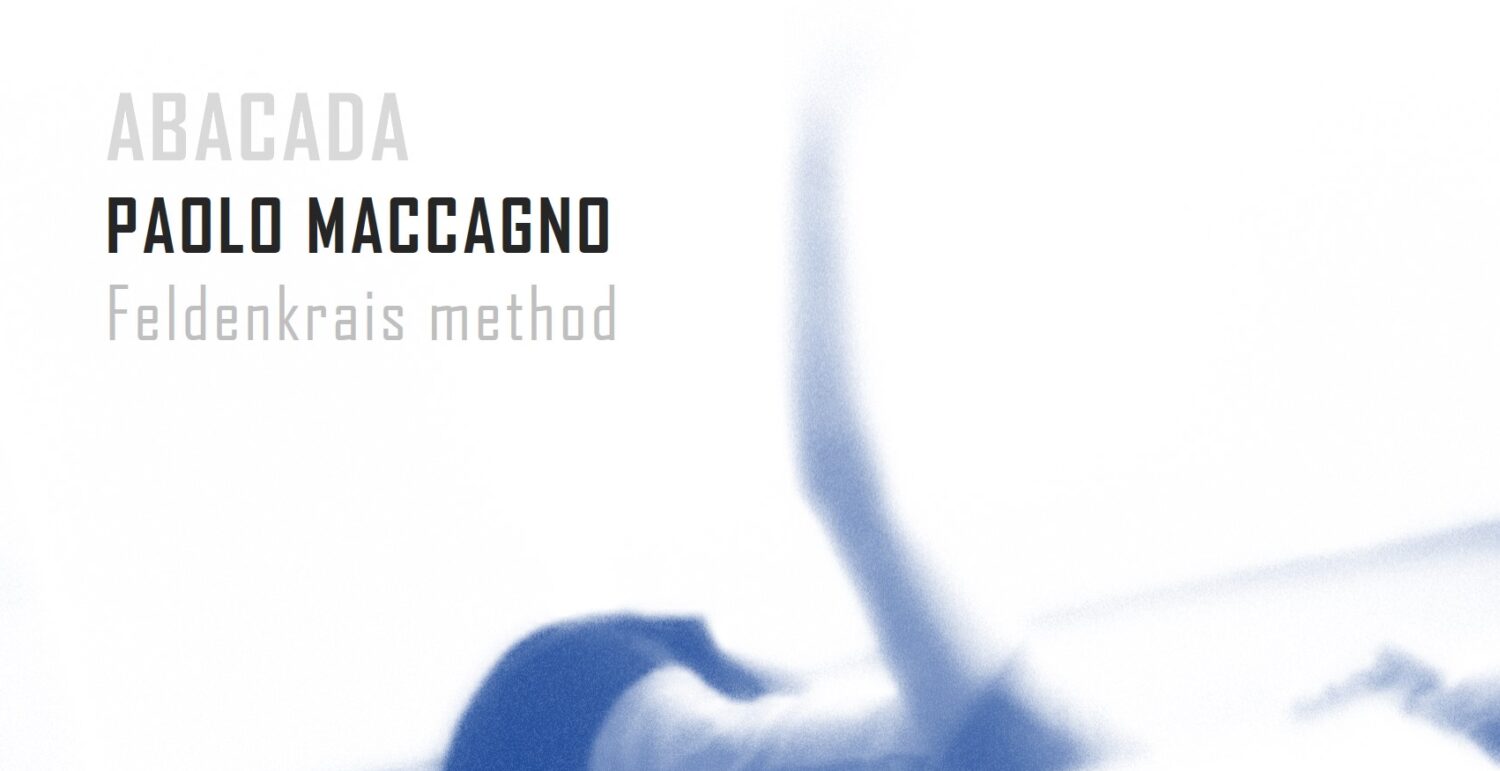Feldenkrais is taught in two forms: movement classes called Awareness Through Movement ® and a hands-on modality called Functional Integration ®.
Awareness Through Movement®
Awareness through Movement is experienced through group lessons that involve verbal instructions in exploratory journey to a more functional use of the whole self in movement. During Awareness Through Movement classes and workshops, I lead students verbally through a sequence of gentle movements, breaking down complex actions into smaller movement components. You do the movements at your own pace and in your own way; I do not demonstrate the “correct” way to move, and you are not required to perform for others. As you move I guide your attention to help you discover the habits that inhibit your freedom to move (and live). These lessons are helpful and interesting for people at all levels of ability including those who are extremely healthy and those with serious injuries. Classes and workshops are generally done lying down, but also sitting, standing, or walking. Group classes meet weekly, and provide regular opportunities to learn about yourself through movement.
Functional Integration®
Functional Integration is a hands-on approach that enables the practitioner to use his/her physical organisation and experience to guide the student to discoveries. If you have a particular question, acute difficulty, or if you are someone who learns best in one-on-one environments, private lessons may be best for you. Each lesson uniquely addresses your individual needs. During a Functional Integration session, you and I discuss your situation and consider how moving better may improve it. Then, I use my hands to move you in small, gentle motions, exploring the ways in which tension and ineffective muscular activity are impeding your moving freely. I combine this non-verbal investigation with verbal cues that direct you to make specific movements and notice how your movement habits are getting you in trouble. This dialogue instigates a powerful process of realignment in your nervous system, in which new or rediscovered movement choices emerge through your experiential learning. The lesson takes about an hour. During a lesson you remain clothed, and will most often be lying down.

